
(This page contains affiliate links. OGR may receive compensation if you click a link and make a purchase.)
You know it’s important to shield your peepers from the sun, especially when it comes to fishing and boating.
If you’re out on the water all day, you need good eye protection from harmful rays, a comfortable fit, and something sturdy that won’t crack and fall apart if the big one bangs you in the face while reeling it in.
But given the choice, should you go with a pair of Costas or a pair of Oakleys?
We’ll compare both brands side by side to help you choose the right one for you.
Costa vs. Oakley: Which Is Better?
The short answer: Costa is made for watersports and fishing, with pristine clarity, contrast, and glare reduction in their 580 lens.
If you’re klutzy or rougher with your sunglasses though, a pair of Oakley sunglasses will stand up to the hits while still giving you excellent UV-protection and glare-reduction.
A Bit About Costa Del Mar:
Costa Del Mar is well-known for producing high-quality anti-glare sunglasses.
Founded in 1983 and based in Daytona Beach, their glasses have strong ties to the sporting world.
The brand boasts an impressive pedigree of endorsements and sponsorships, and is regularly worn by elite athletes including top-tier yacht racing teams, NASCAR drivers, and countless surfers and fishermen.
Oakley: A Short History
A bit older than Costa, Oakley started in 1975, when the company only sold handlebar grips for motocross.
Only in 1980 did they launch their first pair of goggles dubbed the O-Frame. The company soon branched from motocross goggles to ski goggles, sports, and tactical eyewear.
Oakley ultimately landed a government contract, producing shades for law enforcement, military, and regular civilians.
Both brands are owned by parent company EssilorLuxottica (take that as you may).
So which is better?
They’re both quality brands with excellent sport performance eyewear, so it really depends on your personal needs.
Oakleys tend to be more versatile since the company sells everything from shooting and tactical glasses to skiing, cycling, and water sports/fishing sunglasses.
They excel at producing durable, high-impact resistant frames, and their PRIZM™ line of lenses produce crisp detail and color contrast.
Costa, on the other hand, specializes in water sports and fishing sunglasses. What they don’t have in versatility, they make up for in specialization and quality.
They’re most well-known for their glass lens, which is consistently rated the best for visual clarity. They’re especially good for those with light-sensitive eyes too.
Here are a few of their most popular models:
Oakley Holbrook
Oakley Gascan
Oakley Flak 2.0 XL
Costa Fantail
Costa Reefton
Costa Diego
Costa vs. Oakley: Lenses
Let’s face it, the single most important criteria when choosing a pair of sunglasses are the lenses. Both Costa and Oakley offer polarized lenses in multiple tints and mirror coatings, though Oakley also has non-polarized options.
Costa 580 Lenses
The Costa 580G glass lens has multiple layers designed to filter out harsh yellow light in the visible light spectrum, enhancing blues, reds, and greens while you’re on the water.
(580 refers to the wavelength of yellow light as measured in nanometers.)
They have multiple lens colors (including copper or gray base tints) for different light environments, and mirrored exteriors reflect light and harmful rays from getting through.
You’ll get anywhere from 10-12% light transmission through their 580Gs, which is great if you’ve got really sensitive eyes.
Besides being optically superior to plastic or polycarbonate, glass lenses are more scratch-resistant.
They also have 580P polycarbonate lenses for those who need impact-resistant lenses too. Here’s more detail on the differences between the 580G and 580P lenses:
If you don’t need that much shade, their 400 lens permits more light to pass through, while still blocking harmful UV light 100%.
Oakley Prizm Lenses
Oakley’s Prizm Plutonite lenses are good at enhancing color and contrast for various outdoor activities while their Iridium technology is a mirrored reflective coating.
You can combine them together for great protection and visual acuity.
Of course, polarized lenses are available to reduce glare.
Opinions are split between users as many preferred the older tints such as the G30 and VR28 Iridium lenses. Current generation Prizm lenses differ from previous incarnations, making your field of vision look almost virtual-reality-like, which some find annoying.
Generally speaking, most anglers prefer the Costa 580G glass lenses for its superior contrast and clarity, especially when it comes to spotting activity beneath the surface. Otherwise, either brand provides excellent protection for most other water sports.
Best Oakley Fishing Sunglasses
Costa vs. Oakley: Frames

Costa frames are some of the best in the business. Many models have side vents that facilitate airflow, like the Permit.
They even manufacture hypoallergenic frames for those allergic to rubber temple tips and nosepads.
They make many frames out of durable and lightweight materials like titanium and nylon.
Oakley frames are both functional and fashionable. Their proprietary O-Matter nylon material is both lighter and more durable than standard acetate.
It’s also more resistant to extreme temperatures, making it less likely to crack. If you’re looking for nearly indestructible glasses, Oakley’s are as good as it gets.
They do a lot of field testing on their glasses to ensure that they can withstand use and abuse, and many of their frames are even ANSI-rated as safety eyewear.
It’s hard to go wrong with either brand, honestly. A slight edge goes to Costa for the side vents that prevents fogging in humid conditions.
Though if you’re generally careless with your gear, an Oakley is better at surviving use and abuse.
Costa vs. Oakley: Style

You’ll look the part in either brand, but overall, Costa is better suited for those who prefer classic designs and streamlined temples.
They offer a bunch of wraparounds frames but also have more general-use styles like the metal South Point Aviator.
Ladies have a decent selection of feminine styles too, including the oversize Waterwoman cat eye, which is available in a multitude of color options.
Oakley has a more energetic and youthful vibe, with extreme sports undertones. The EV Zero Blades is an excellent example.
Other models like the Gauge 8 can be suited for everyday use.
Oakley was exceptionally popular in the 90’s, particularly with teen and extreme sports subcultures.
That look has carried on until today, and it’s just as cool. For some, it’s over the top, but others still find it worth every penny.
Costa vs Oakley: Fishing
Fishing is the world’s most popular water activity. Both Costa or Oakley will serve you well for regular sessions, but the competitive scene drives anglers to seek out even the slightest edge.
For comparison’s sake, let’s take a look at Oakley’s Fuel Cell vs. Costa’s Fantail.
Both are wraparound frames with excellent lens coverage for peripheral vision and built-in side shields.
As is common with many Oakleys, the Fuel Cell has straight temple tips in keeping with their “3-point fit” technology while Costa’s Fantail has the more traditional curved tips that hook behind your ears.
The Fuel Cell is roomier, so it’s perfect for larger-size heads (otherwise Oakley’s Gascan fits most average faces).
Naturally, Costa has the edge on optics with the 580G glass lens, overall better polarization, and a sharper image.
A broader color tint variety is available, making the Costas better for catching darker fish, and adapting to any time of the day. Copper tints are usually the most popular.
Their green mirror tint will cover you for twilight, noon, and evening light conditions. It’s particularly good for freshwater fishing and gives you exceptional contrast clarity.
Costa vs. Oakley: Price

While you’re going to have to shell out a fair chunk of change for either brand, you’ll generally pay more for a pair of Costas if you go for the 580 glass lens. By all accounts, it’s worth it if you’re an avid angler.
On average, you’re looking at spending between $150-$200 (full retail) for a pair of polarized sunglasses by either brand with a polycarbonate lens.
Otherwise, Costa will run around $225-$250 for a pair with their 580G lens.
Of course, it’s easy enough to find deals where you’re not paying full retail price, so shop around.
A Clear Winner (On The Water)
For fishing and boating, Costa is pretty universally chosen time and time again as the undeniable favorite.
Their 580G lens is undeniably superior for crystal clear vision and for enabling you to see fish below the surface of the water where other lenses don’t.
It doesn’t scratch easily, and though it’s a bit heavier than polycarbonate, it’s still light enough to wear comfortably all day.
Having said that, there are certainly those who prefer Oakleys, and if you’re mostly hanging out at the beach or lounging around on the boat, either brand is certainly well-suited for the occasion.
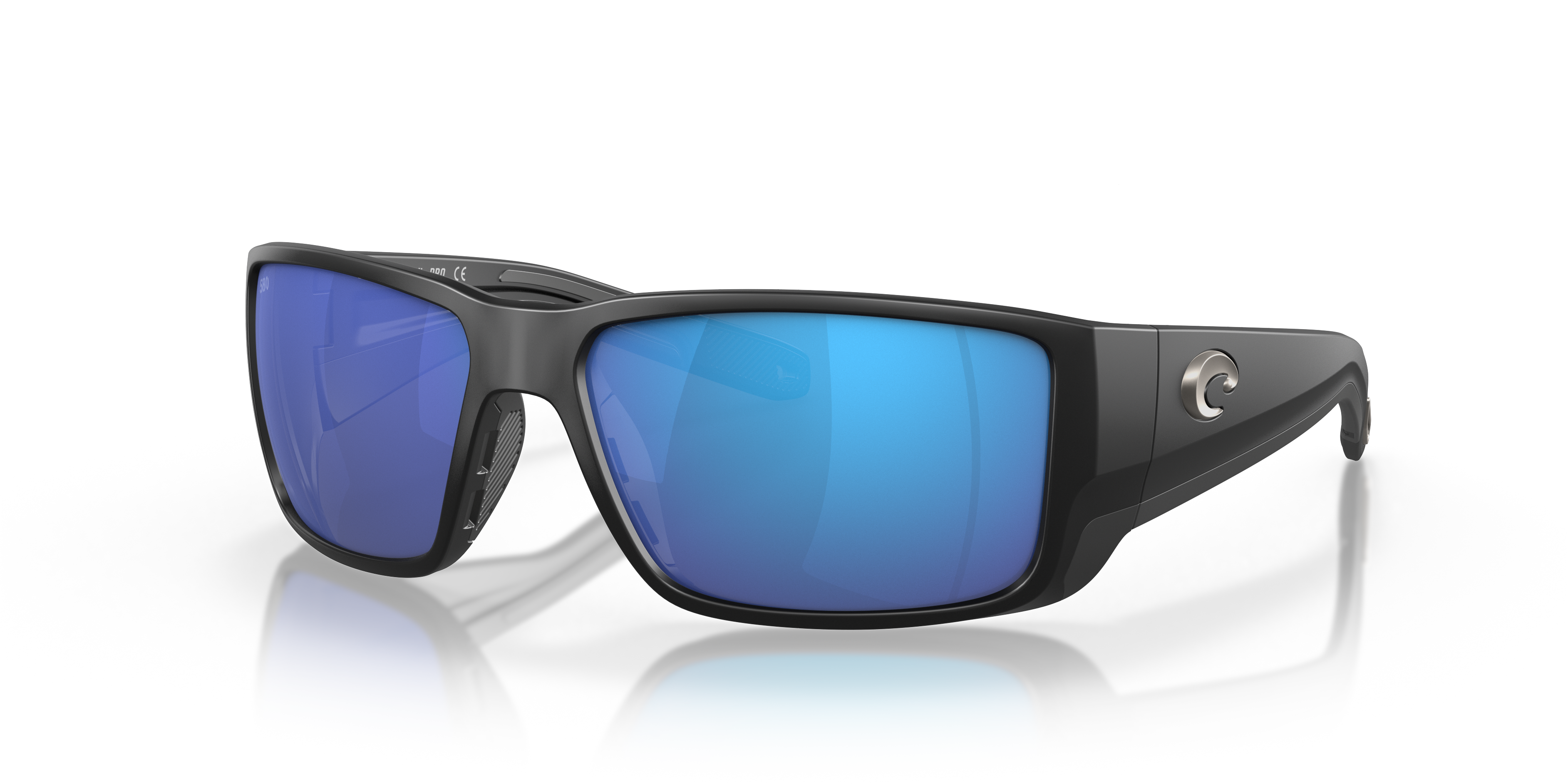
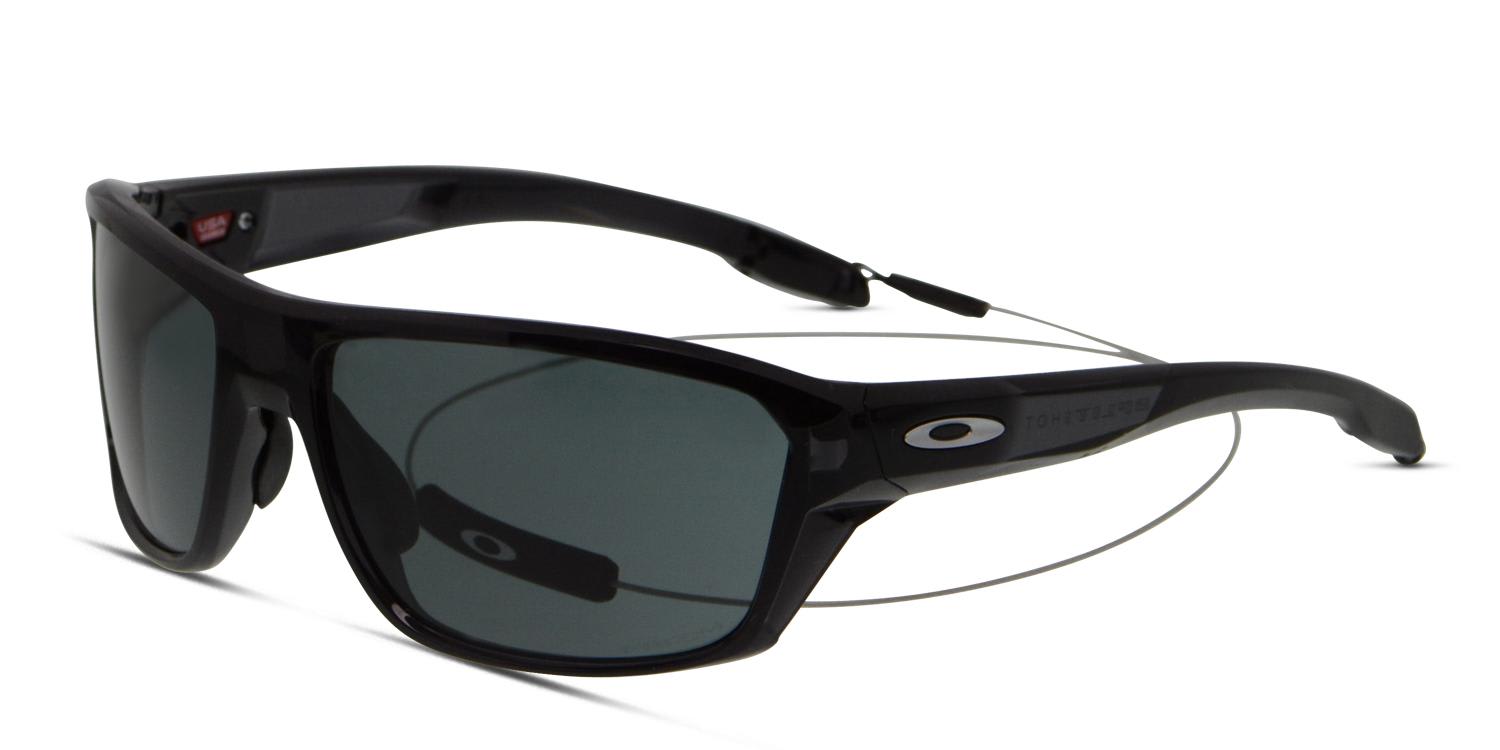



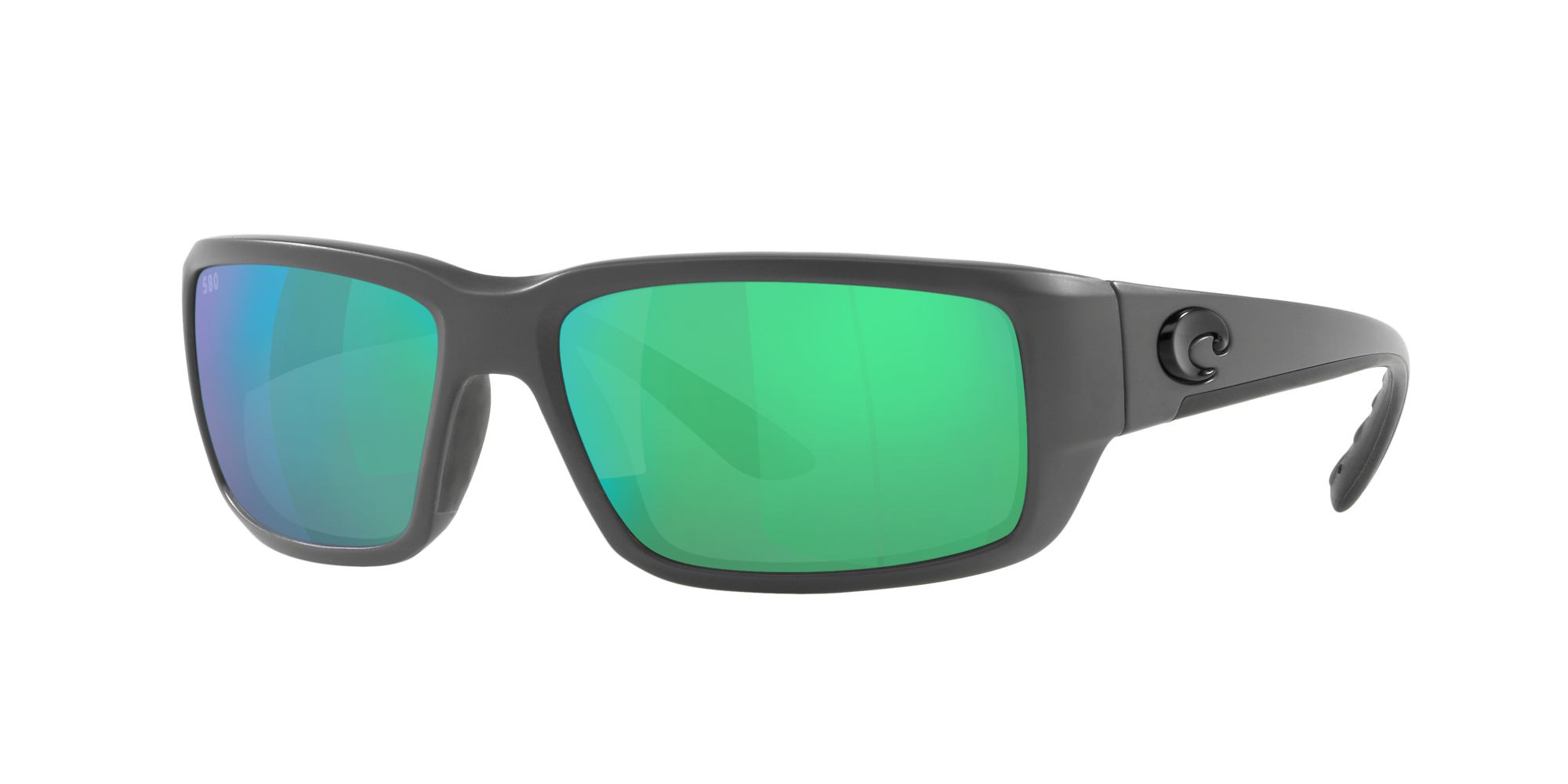
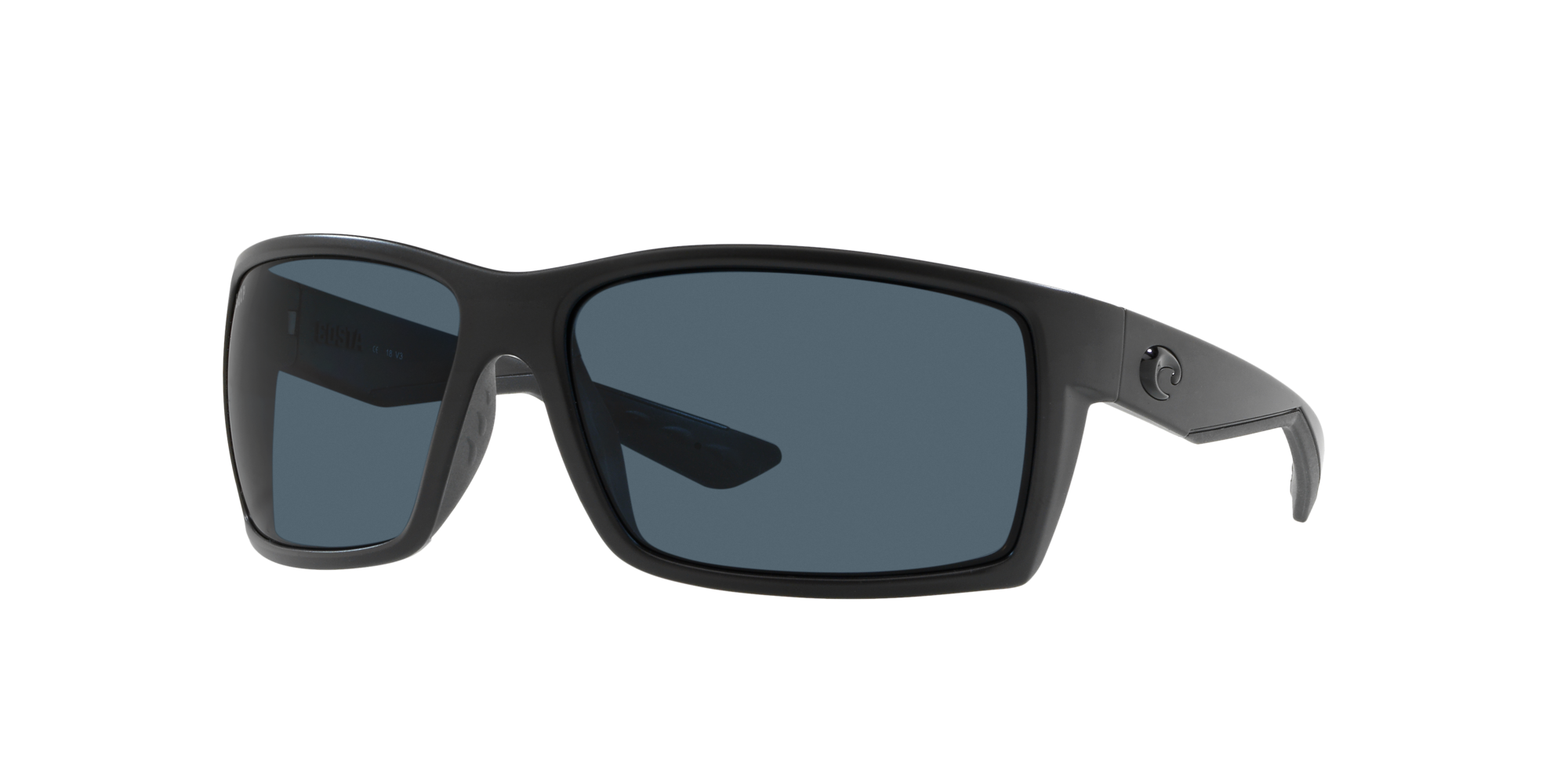
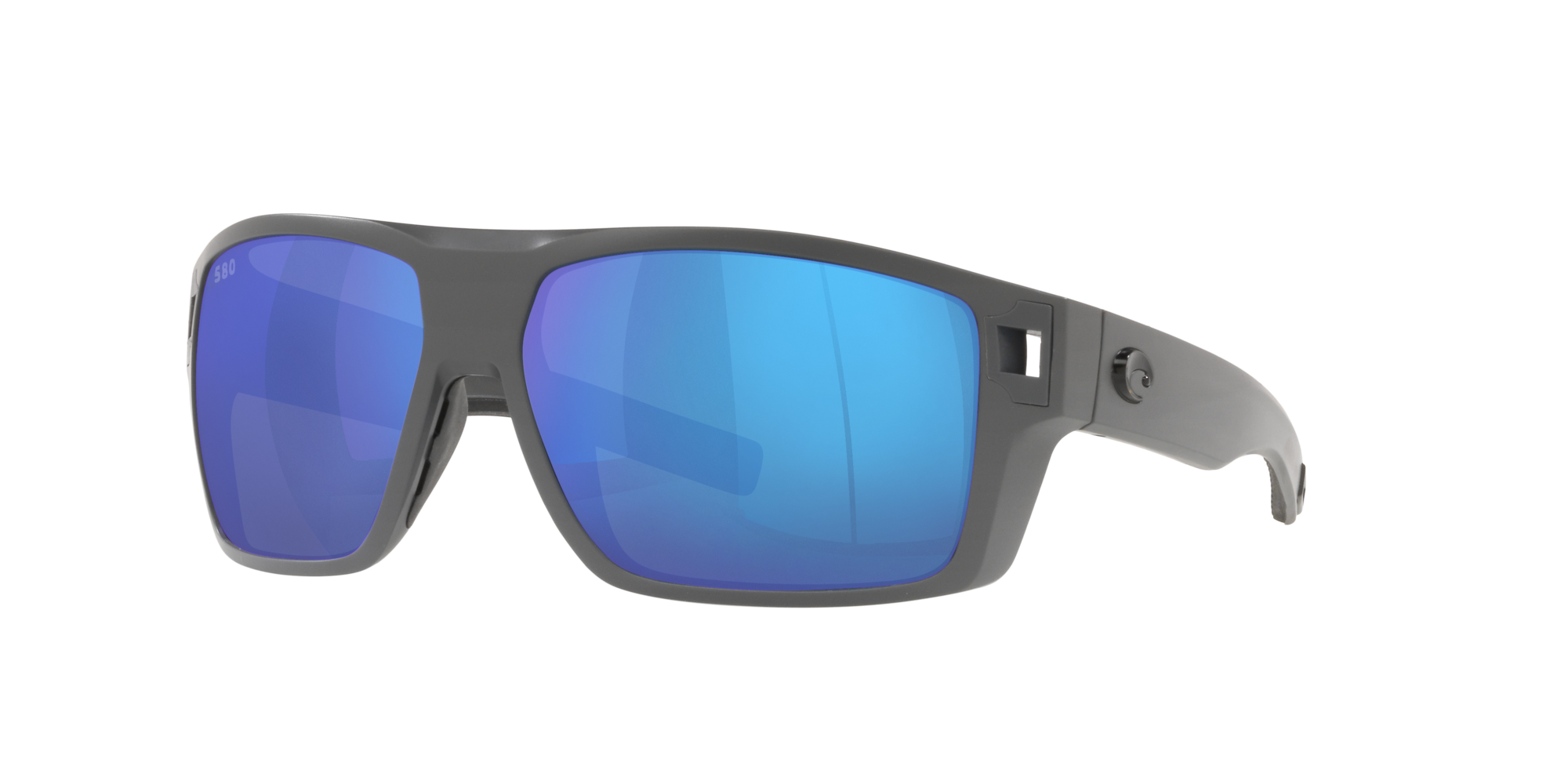


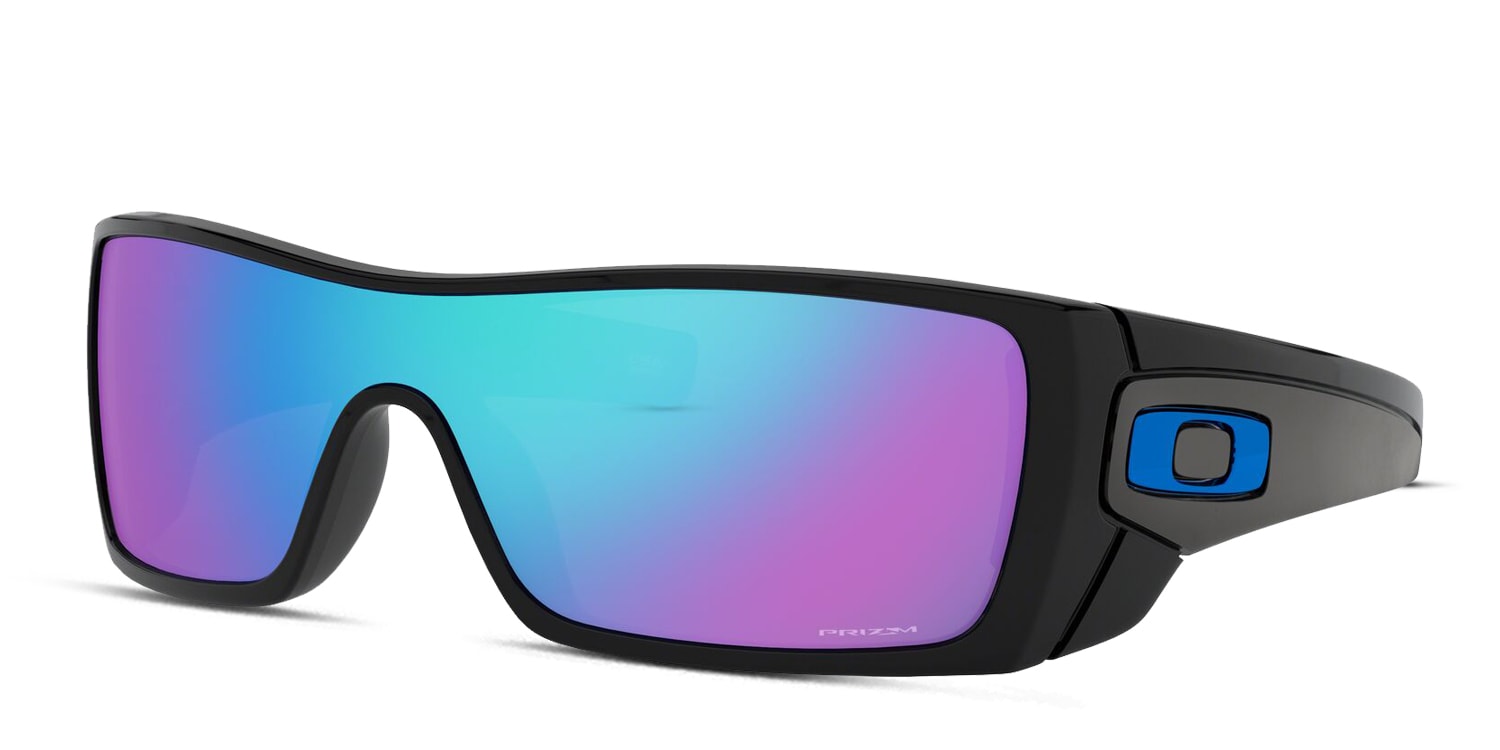



If you’re looking for durable and stylish eyewear with top-notch lens technology, Costa is definitely worth considering over Oakley!